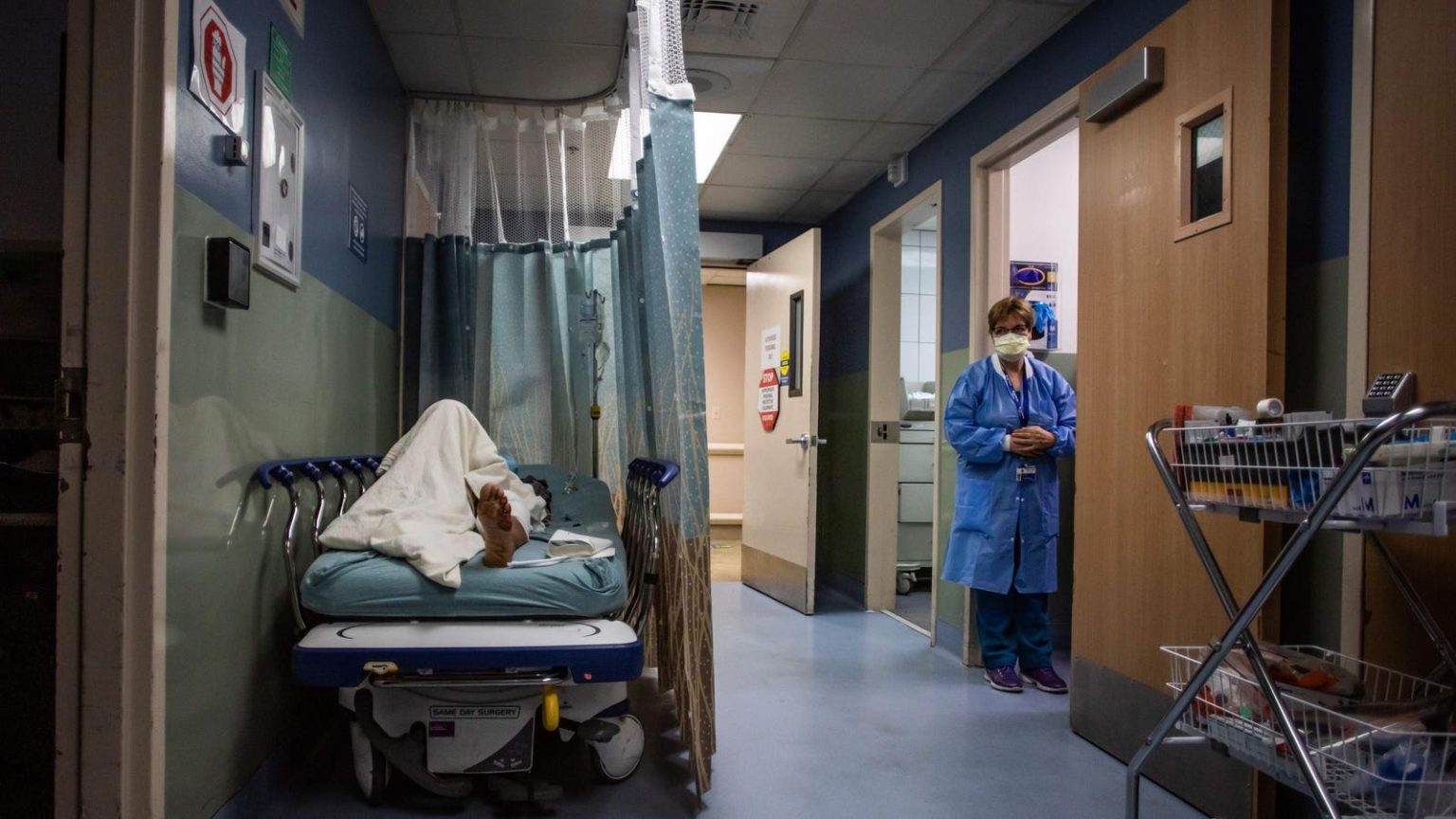The problem of boarding—waiting in the emergency room after being admitted to the hospital—is a deadly, escalating crisis. Unfortunately, real solutions are still a long way off.
If you or a loved one has been hospitalized through an ER recently, you might have spent eight to 12 hours before going to your inpatient bed. While your initial diagnosis and treatment was correctly made by ER doctors and nurses, you could probably tell hours later that they weren’t focused on you anymore because they were handling the new, sicker patients. Ill, injured, or both, it was probably miserable lying for hours on an ER gurney in a hallway.
Boarding is nothing new. This’ll surprise you. For years, hospitals have known boarding increases risks of dying in the hospital. Yet many hospitals aren’t taking steps to fix the problem.
Some states have enacted laws to stop the practice. There’s even a new quality boarding metric in development. But it could be years before any real change occurs.
What Is Boarding?
When patients go to ERs, about 15% need hospital beds. The others mostly go home. If a nurse-staffed hospital bed is unavailable, patients wait in the ER until one’s ready. Hospital beds get delayed because: 1. they’re filled with other patients, 2. they’re reserved for elective patients (e.g. for surgeries), 3. no nurse is available, and 4. general inefficiencies—meaning staffed beds are available but nurses are too busy to accept new patients, or other operational reasons.
The National Academy of Medicine recognized boarding as a national crisis back in 2006. It’s getting much worse recently, according to the American College of Emergency Physicians. One reason: some hospitals have downsized inpatient capacity because of nursing shortages since the pandemic.
Boarding is dangerous because ERs aren’t designed to treat sick admitted patients for extended periods. Boarding delays care and sometimes causes medication errors. Longer boarding is particularly deadly for intensive care unit patients. Furthermore, boarding causes ER crowding. As ER boarders stack up, there’s less space for the new patients. This escalates waiting times for the rest of the ER.
Why Aren’t Many Hospitals Addressing Boarding?
Many effective solutions exist to reduce boarding. For example, bed czars can free up space by identifying hospitalized patients who can be discharged and ICU patients who can go to regular hospital beds. Surgical schedule smoothing can better distribute procedures throughout the week instead of early in the week, reducing spikes in demand for surgical patient beds. Full capacity protocols can change hospital operations when boarding spikes, enacting protocols to move ER hallway admissions to inpatient hallways or rooms rapidly.
Some hospitals are addressing the boarding crisis. Yet many choose not to fix it. Why? There are perverse incentives to prioritize beds for more lucrative surgical patients over ER patients (e.g. to give the open bed to an elective patient rather than one in the ER). Also enacting any known strategy is difficult, requiring strong leadership, resources and culture change. Many hospitals are not up to the challenge.
Furthermore, no one holds hospitals accountable for boarding. The Joint Commission, which accredits hospitals, states that boarding for more than four hours is a patient safety issue. Yet it still doesn’t require hospitals to fix it.
Finally, boarding is not a currently approved quality measure despite decades of research demonstrating its harms. Therefore, boarding times are not publicly reported. Hospitals also have no financial penalties for boarding.
What’s a patient to do? Once you’re at ER, there’s not much to do. Because boarding is not publicly reported, you can’t avoid ERs where boarding is an issue. If you want to know, the closest marker of a high boarding hospital is a high “left without being seen” rate. That’s when people walk away from the ER after registration. You can look up your local hospital’s rate here on the Centers for Medicare and Medicaid Services website.
Some of these issues are being addressed, but slowly. Some states are working to legally restrict hospitals from boarding. For example, New Hampshire’s “Mission Zero” program plans to eliminate boarding for psychiatric patients by 2025. Mental health patients have particularly long waits because of the scarcity of beds and community resources.
A new, broader measure of hospital capacity is being created at Yale University, which is funded by CMS. In January 2024, Yale asked for public comment on a metric that includes boarding beyond four hours after admission as a central component. ACEP is also lobbying heavily on this issue and has released several policy solutions. These include realigning some of the financial drivers around boarding and making it easier for hospitals to enact known solutions.
We sadly can’t expect any rapid change in the situation soon. So next time you or your family member go to the ER and get admitted, expect to wait.
Read the full article here





